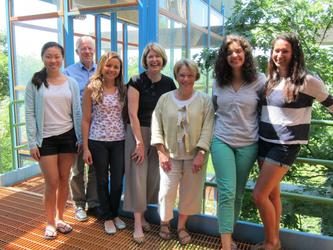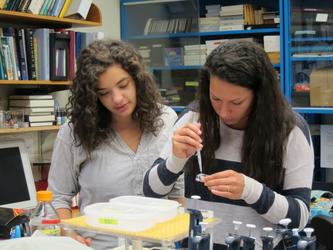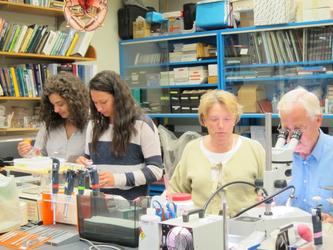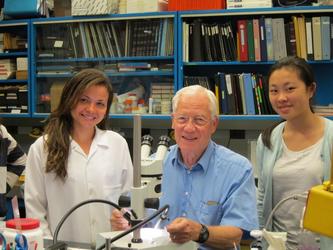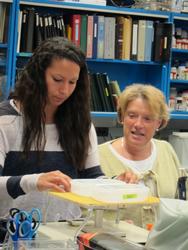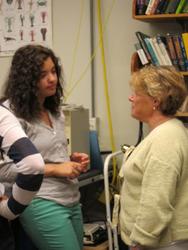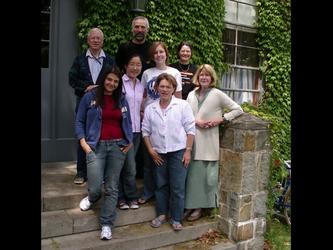1. Summary
Adult neurogenesis: Contributions from the immune system
New nerve cells are generated in the brains of many adult organisms, including humans, and their production is regulated by a variety of factors such as environment, diet, the day-night cycle and hormones. These adult-born neurons appear to play a role in learning and memory, and a dysregulation in adult neurogenesis has been linked to several neurological diseases. The Beltz lab has been using a relatively simple model system, the crustacean brain, to explore fundamental questions about the process of adult neurogenesis. Our studies have tested how environmental (day-night cycle; tides; diet), behavioral (locomotion; social interaction) and endogenous (hormones; serotonin; melatonin; electrical activity in the brain) signals result in the selective activation of neuronal and molecular pathways controlling neurogenesis. We are also exploring the stem cells that are the precursors to adult-born neurons. In the crustacean brain, these "stem cells" are not self-renewing and must be replenished from a non-neuronal source. Our most recent work demonstrates that the immune system generates these cells, which travel to the neurogenic regions via the circulatory system. Our current work is focused on the relationship between the immune and nervous systems, and how the neurotransmitter serotonin and the cytokine astakine 1 may be involved in communication between these two tissues. We also are examining how neural injury influences adult neurogenesis, as sites of damage compete with the neurogenic system for immune cells.
Blood cells (hemocytes) are neural precursors in the crayfish brain, and serotonin stimulates their release from the immune system. From Benton et al., iScience 2022.
2. Recent Student Research Projects
Vanessa Kelley (’18) examined the connections between total hemocyte counts, crayfish body size, and neural precursor cell counts in the neurogenic niche. She also localized an amyloid precursor protein homologue in the crayfish adult neurogenesis pathway.
Yuriko Fukumura (’19) did her thesis research on the role of serotonin in adult neurogenesis, in coordinating the functions of the immune and nervous systems. She was particularly interested in the release of hemocytes from the immune system in response to increased serotonin levels. Yuriko is a co-author on the publication by Benton et al. published in iScience in 2022. (link to pdf here).
Kelly Hsu (’21) discovered that following injury, the number of proliferating cells in the blood increases. She also laid the groundwork for identifying which of the three blood cell types was responsible for this increase. Further, she found that serotonin, a regulatory molecule with a diverse range of functions in adult neurogenesis, also induced a significant increase in proliferating cells in the blood. Kelly is a co-author on the publication by Chaves da Silva et al. published in Cellular and Molecular Neurobiology in 2020. (link to pdf here).
Gus Agyemang (’22) explored the concentration-dependent influences of serotonin on aspects of the cellular lineage that leads to the production of adult-born neurons. During the current year, Prakriti Kandel (’23) will continue this project to define specific actions of serotonin on the neural precursors and their progeny.
Alex Edwards (’23) has followed up on Kelly Hsu’s work, and shown that the hyaline cells are the only proliferative cell type in the blood. Further, her data suggest that these hemocytes mature into the other two blood cell types—that is, all three blood cell types are in the same cellular lineage. For her thesis research, Alex will continue to examine the proliferation and development of circulating hemocytes in vivo. She has already contributed to and co-authored the paper by Benton et al. published in iScience in 2022. (link to pdf here).
Blood cell types can be separated on Percoll gradients (A-C). After labeling with a fluorescent marker, we have adoptively transferred these to naïve crayfish, where they incorporate into the niche containing neural precursor (stem) cells. For additional background, see Benton et al., iScience, 2022.

